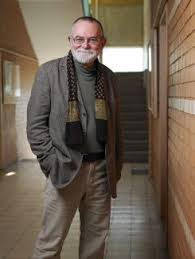Methodology of UnivPress Ranking Hungary
UnivPress Rankings are prepared on the basis of nationwide research and data collection covering the vast majority of educational fields. There are five nationwide representative sociological student opinion surveys, four lecturer-employer ranking opinion surveys, six professional conferences, a time series database – which is unique in Hungary – and approximately fifteen printed sheets of study papers underlying the rankings.
General Principles of Ranking
Multiple aspects: the principle is that there is no absolute best or worst institution. It is thus best to compare universities and colleges on the basis of all the relevant and measurable indicators possible.
Profound and valid methodology: every institutional ranking should be professionally well grounded, accurate and authentic with respect to data provision, statistics and research methodology. The full methodology of preparing the rankings is published by those who carry out the study.
Sources of the data
Third Party:
- data of the Ministry of Education and Culture based on information provision by the institutions themselves
- application and admission data from the National Higher Education Information Centre
- data from the Council for National Scientific Students’ Circles;
Institutions:
- direct institutional data collection by the National Higher Education Information Centre;
Survey:
- representative empirical sociological research involving university and college students;
Data types
Data obtained from institutional data provision.
|
|
|
|
|
|
|
|
|
|
Application and admission data
The National Higher Education Information Centre totalizes the data of applicants and admissions to Hungarian higher education institutions each year: the chosen institutions as indicated in the application forms, the chosen programs and the training type and schedule, the type of support, the personal data of applicants (age, citizenship, sex, permanent residence, year of taking the secondary school final examination, other higher education studies, language examination, type and specialization of secondary school issuing the certificate, etc.).
In preparing the relevant rankings, we always count the number of students applying to the given institution/program/field of study in the first place.
|
|
|
|
|
|
Note: B=Bachelor program; U=Unified program; F=full time study schedule; S=state financed
Data from the National Council for Scientific Students’ Circles keeps records of the results of scientific students’ circles competitions. They totalize these data by institutions and faculties, and make them available each year.
|
Number of full time students in Bachelor and unified programs at the given faculty achieving places 1-3 at the National Students’ Circles Conference |
*Note: organized biannually.
Data from Representative Questionnaire Studies
Sample
The first survey was managed by independent researchers in the spring of 2001, involving university students in Hungary (4870 persons); in the spring of 2005, involving college students in Hungary (6850 persons); in the spring of 2006 and 2007, involving students studying at 9 and 7 Bachelor or unified programs (5158 and 5575 persons), respectively. A standard questionnaire study based on personal questioning was completed again in 2009, involving 7835 students studying at full time Bachelor programs. The latest study in 2009 comprised a sample of the seventy most popular faculties based on the application data, and each faculty was considered in a dominant educational field, based on the number of students. Representative samples were taken by the researchers in each faculty by the sex of the students, the chosen program and the number of students in each year of study. The partial samples by faculties generally comprised 100 students, or 200 students in the case of certain larger faculties with mixed educational profiles in the given field. The samples questioned were based on the official higher education statistical bulletin of the Ministry of Culture and Education. The magnitude of sampling error was between 0-1,5% (national sample), and 0-9% (institutional sample). As students were also questioned in every educational field, the results of the present study give the most comprehensive picture of national higher education.
Number of full time students in Bachelor and unified programs at the given faculty achieving places 1-3 at the National Students’ Circles Conference
The questionnaire
Questions covered the aspects by which students chose their institutions, the evaluation of the program and the institution, further plans for higher education studies or retraining, and job plans and expectations upon completing the program. The evaluation of the programs and institutions was structured as follows: the standards of education, the marketability of the diploma nationally and internationally; opportunities for self-study and professional promotion within the institution; identification with the institution; the atmosphere of the institution and cultural/sports opportunities within the institution; the level of the educational infrastructure of the institution, further institutional services.
Students were asked about their opinion of their own institutions, except for the four comparative questions where respondents had to characterize their own faculties as compared to other institutions.
Scores range from 1 to 5, the result is the arithmetic mean of the scores granted
- Presence of renowned representatives of the given field in education
- General institutional atmosphere
- General instructor-student relations
- Participation of students in professional conferences Domestic value of diploma
- International value of diploma
- Satisfaction of individual professional interest Standards of theoretical education
- Eating opportunities
- Links of college/university with companies, firms in the profession
- Student satisfaction
- Activity of students’ self-government
- Information provided to students in academic matters
- State of the institution’s buildings
- Exterior of the institution
- Accessibility of the institution
- Institutional democracy
- Difficulty of admission to the institution
- Provision of working opportunities during the program period
- Organization of instruction at the program
- Standards of the dormitory
- Standards of the library
- Cultural opportunities
- Opportunities to be involved in research
- Partial program opportunities abroad
- Daily practical examples in education
- Standards of education
- Helpfulness of instructors (to what extent they support students in academic and professional work, in getting ahead)
- Applicability of professional knowledge taught
- Sports opportunities
- Applicability of professional knowledge
- Standards of professional practice
- Professional self-education opportunities
- Provision of computers
- Equipment of seminar and lecture rooms
- Difficulty of studies
- Support from the institution in finding employment after graduation
 Dr. habil György Fábri (1964) is an habilitated associate professor (Institute of research on Adult Education and Knowledge Management, Faculty of Education and Psychology of Eötvös Loránd University), head of the Social Communication Research Group. Areas of research: university philosophy, sociology of higher education and science, science communication, social communication, church sociology. His monograph was published on the transformation of Hungarian higher education during the change of regime (1992 Wien) and on university rankings (2017 Budapest). He has edited several scientific journals, and his university courses and publications cover communication theory, university philosophy, science communication, social representation, media and social philosophy, ethics, and church sociology.
Dr. habil György Fábri (1964) is an habilitated associate professor (Institute of research on Adult Education and Knowledge Management, Faculty of Education and Psychology of Eötvös Loránd University), head of the Social Communication Research Group. Areas of research: university philosophy, sociology of higher education and science, science communication, social communication, church sociology. His monograph was published on the transformation of Hungarian higher education during the change of regime (1992 Wien) and on university rankings (2017 Budapest). He has edited several scientific journals, and his university courses and publications cover communication theory, university philosophy, science communication, social representation, media and social philosophy, ethics, and church sociology.
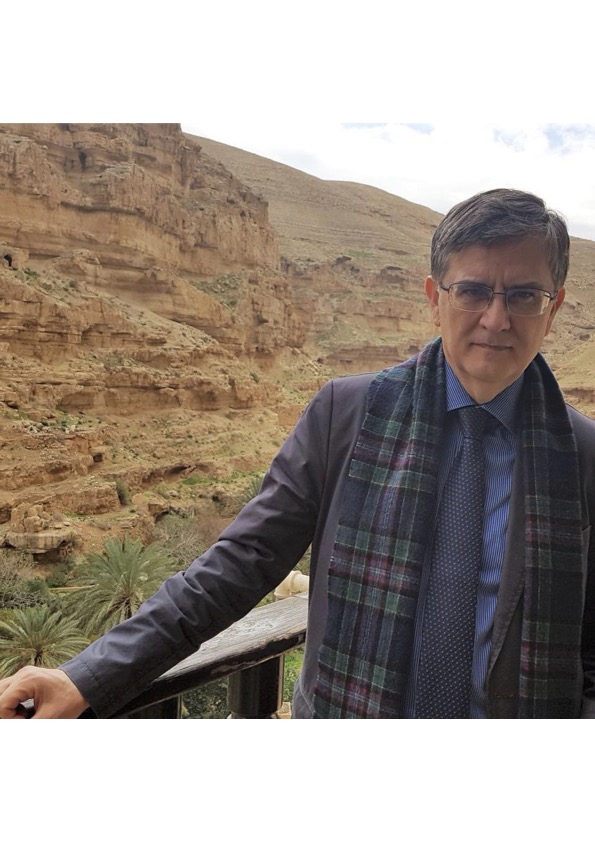 Dr. Mircea Dumitru is a Professor of Philosophy at the University of Bucharest (since 2004). Rector of the University of Bucharest (since 2011). President of the European Society of Analytic Philosophy (2011 – 2014). Corresponding Fellow of the Romanian Academy (since 2014). Minister of Education and Scientific Research (July 2016 – January 2017). Visiting Professor at Beijing Normal University (2017 – 2022). President of the International Institute of Philosophy (2017 – 2020). President of Balkan Universities Association (2019 – 2020). He holds a PhD in Philosophy at Tulane University, New Orleans, USA (1998) with a topic in modal logic and philosophy of mathematics, and another PhD in Philosophy at the University of Bucharest (1998) with a topic in philosophy of language. Invited Professor at Tulsa University (USA), CUNY (USA), NYU (USA), Lyon 3, ENS Lyon, University of Helsinki, CUPL (Beijing, China), Pekin University (Beijing, China). Main area of research: philosophical logic, metaphysics, and philosophy of language. Main publications: Modality and Incompleteness (UMI, Ann Arbor, 1998); Modalitate si incompletitudine, (Paideia Publishing House, 2001, in Romanian; the book received the Mircea Florian Prize of the Romanian Academy); Logic and Philosophical Explorations (Humanitas, Bucharest, 2004, in Romanian); Words, Theories, and Things. Quine in Focus (ed.) (Pelican, 2009); Truth (ed.) (Bucharest University Publishing House, 2013); article on the Philosophy of Kit Fine, in The Cambridge Dictionary of Philosophy, the Third Edition, Robert Audi (ed.) (Cambridge University Press, 2015), Metaphysics, Meaning, and Modality. Themes from Kit Fine (ed.) (Oxford University Press, forthcoming).
Dr. Mircea Dumitru is a Professor of Philosophy at the University of Bucharest (since 2004). Rector of the University of Bucharest (since 2011). President of the European Society of Analytic Philosophy (2011 – 2014). Corresponding Fellow of the Romanian Academy (since 2014). Minister of Education and Scientific Research (July 2016 – January 2017). Visiting Professor at Beijing Normal University (2017 – 2022). President of the International Institute of Philosophy (2017 – 2020). President of Balkan Universities Association (2019 – 2020). He holds a PhD in Philosophy at Tulane University, New Orleans, USA (1998) with a topic in modal logic and philosophy of mathematics, and another PhD in Philosophy at the University of Bucharest (1998) with a topic in philosophy of language. Invited Professor at Tulsa University (USA), CUNY (USA), NYU (USA), Lyon 3, ENS Lyon, University of Helsinki, CUPL (Beijing, China), Pekin University (Beijing, China). Main area of research: philosophical logic, metaphysics, and philosophy of language. Main publications: Modality and Incompleteness (UMI, Ann Arbor, 1998); Modalitate si incompletitudine, (Paideia Publishing House, 2001, in Romanian; the book received the Mircea Florian Prize of the Romanian Academy); Logic and Philosophical Explorations (Humanitas, Bucharest, 2004, in Romanian); Words, Theories, and Things. Quine in Focus (ed.) (Pelican, 2009); Truth (ed.) (Bucharest University Publishing House, 2013); article on the Philosophy of Kit Fine, in The Cambridge Dictionary of Philosophy, the Third Edition, Robert Audi (ed.) (Cambridge University Press, 2015), Metaphysics, Meaning, and Modality. Themes from Kit Fine (ed.) (Oxford University Press, forthcoming).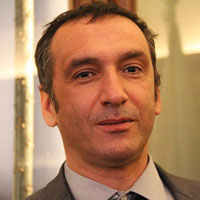 Mr. Degli Esposti is Full Professor at the Department of Computer Science and Engineering, Deputy Rector Alma Mater Studiorum Università di Bologna, Dean of Biblioteca Universitaria di Bologna, Head of Service for the health and safety of people in the workplace, President of the Alma Mater Foundation and Delegate for Rankings.
Mr. Degli Esposti is Full Professor at the Department of Computer Science and Engineering, Deputy Rector Alma Mater Studiorum Università di Bologna, Dean of Biblioteca Universitaria di Bologna, Head of Service for the health and safety of people in the workplace, President of the Alma Mater Foundation and Delegate for Rankings.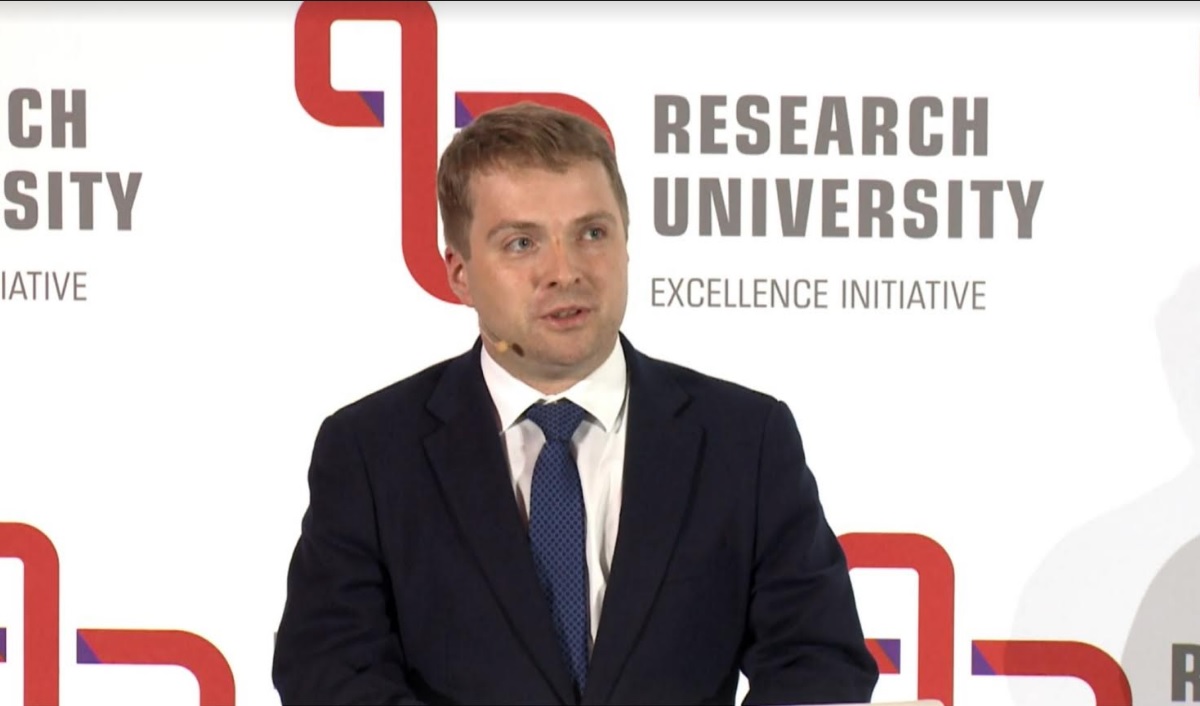
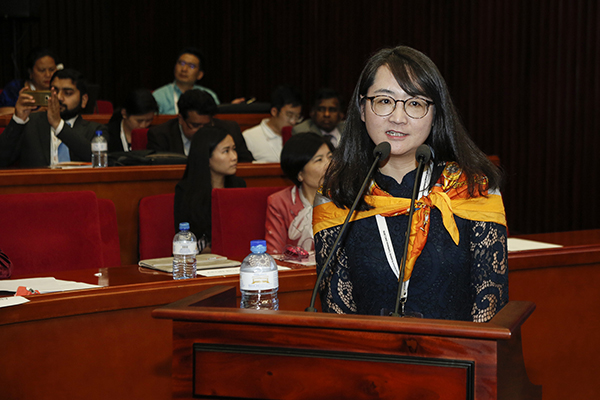
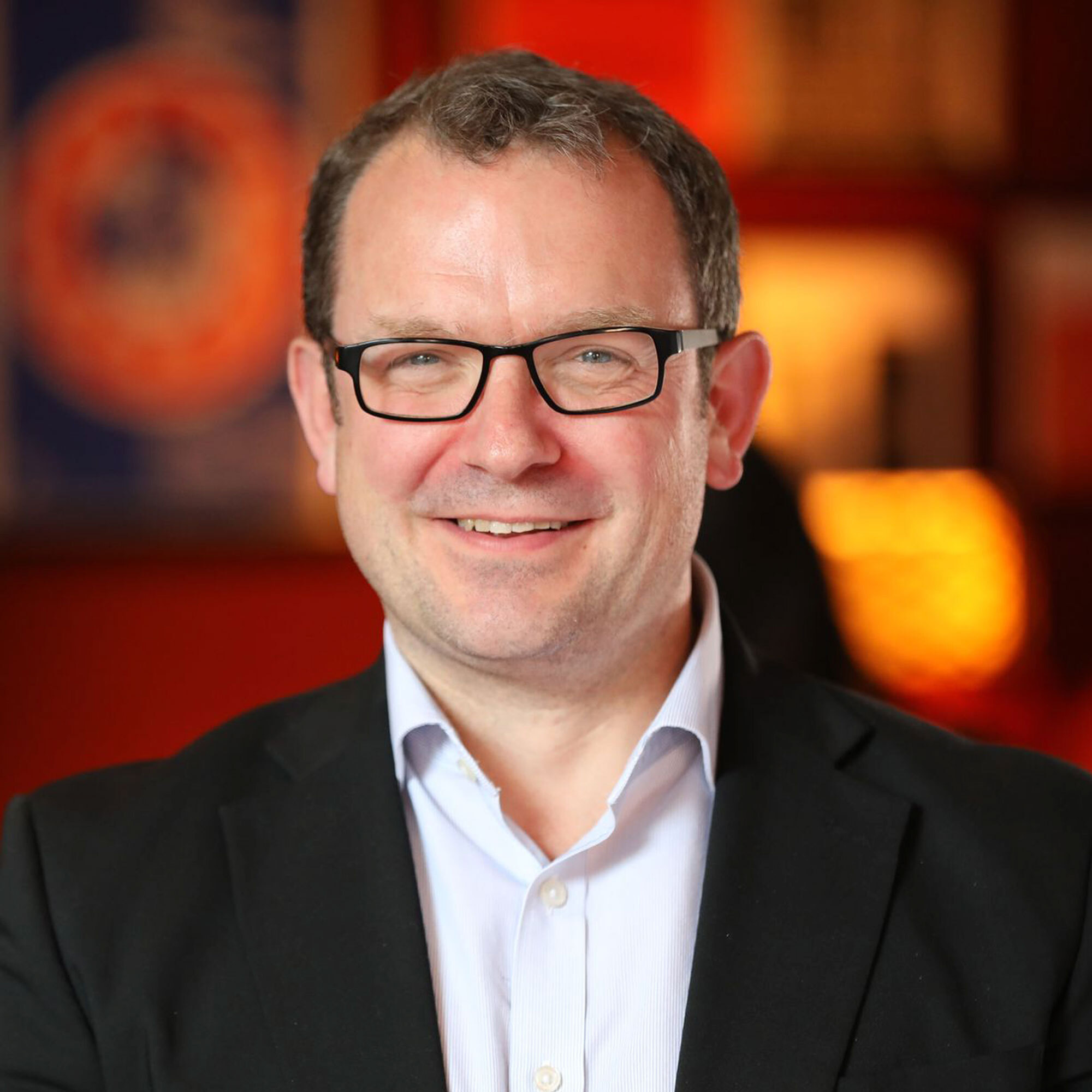 Ben joined QS in 2002 and has led institutional performance insights function of QS since its emergence following the early success of the QS World University Rankings®. His team is, today, responsible for the operational management of all major QS research projects including the QS World University Rankings® and variants by region and subject. Comprising over 60 people in five international locations, the team also operate a widely adopted university rating system – QS Stars – and a range of commissioned business intelligence and strategic advisory services.Ben has travelled to over 50 countries and spoken on his research in almost 40. He has personally visited over 50 of the world’s top 100 universities amongst countless others and is a regular and sought after speaker on the conference circuit.Ben is married and has two sons; if he had any free time it would be spent reading, watching movies and skiing.
Ben joined QS in 2002 and has led institutional performance insights function of QS since its emergence following the early success of the QS World University Rankings®. His team is, today, responsible for the operational management of all major QS research projects including the QS World University Rankings® and variants by region and subject. Comprising over 60 people in five international locations, the team also operate a widely adopted university rating system – QS Stars – and a range of commissioned business intelligence and strategic advisory services.Ben has travelled to over 50 countries and spoken on his research in almost 40. He has personally visited over 50 of the world’s top 100 universities amongst countless others and is a regular and sought after speaker on the conference circuit.Ben is married and has two sons; if he had any free time it would be spent reading, watching movies and skiing.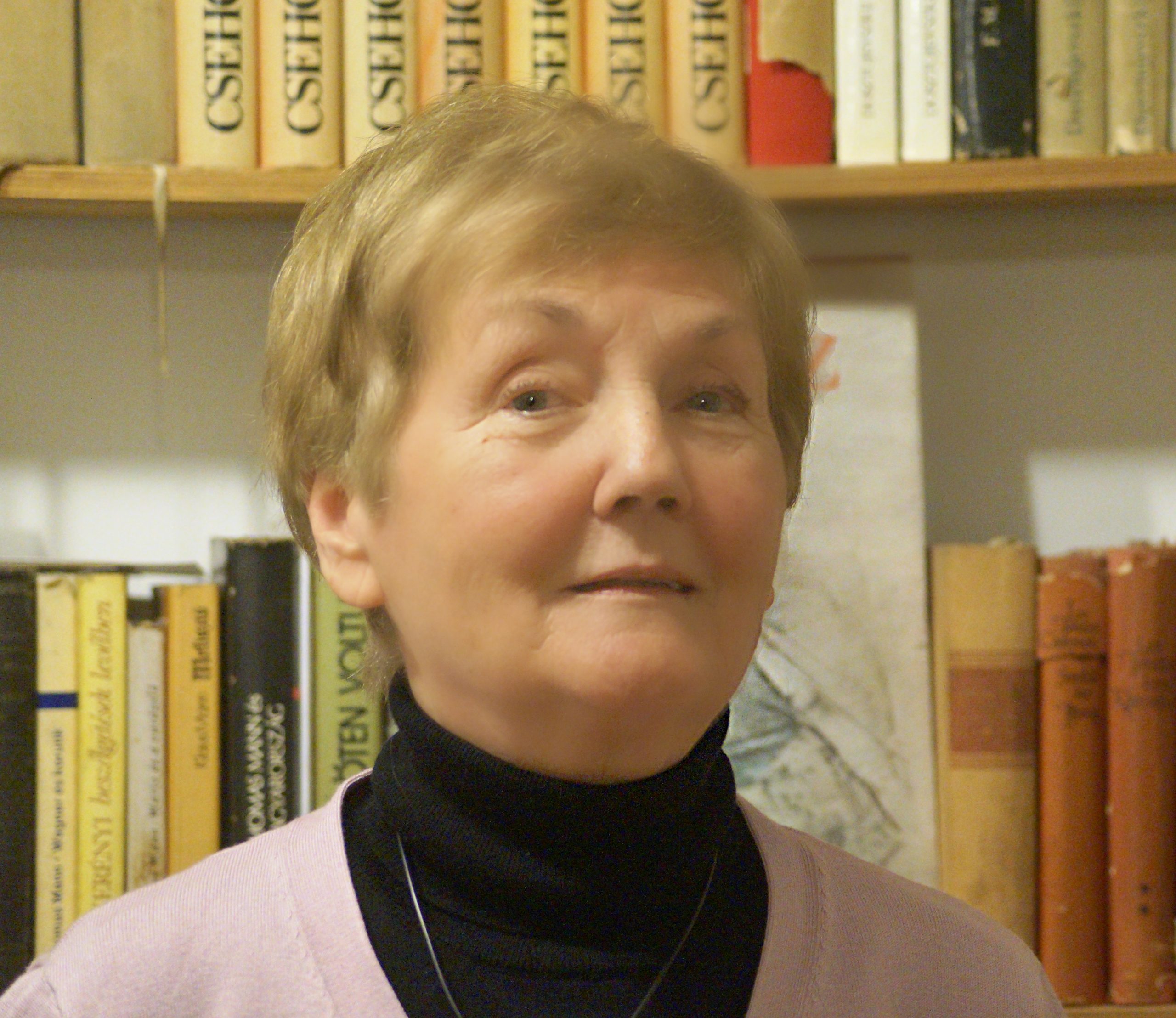
 Anna Urbanovics is a PhD student at Doctoral School of Public Administration Sciences of the University of Public Service, and studies Sociology Master of Arts at the Corvinus University of Budapest. She is graduated in International Security Studies Master of Arts at the University of Public Service. She does research in Scientometrics and International Relations.
Anna Urbanovics is a PhD student at Doctoral School of Public Administration Sciences of the University of Public Service, and studies Sociology Master of Arts at the Corvinus University of Budapest. She is graduated in International Security Studies Master of Arts at the University of Public Service. She does research in Scientometrics and International Relations.
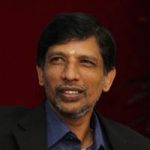
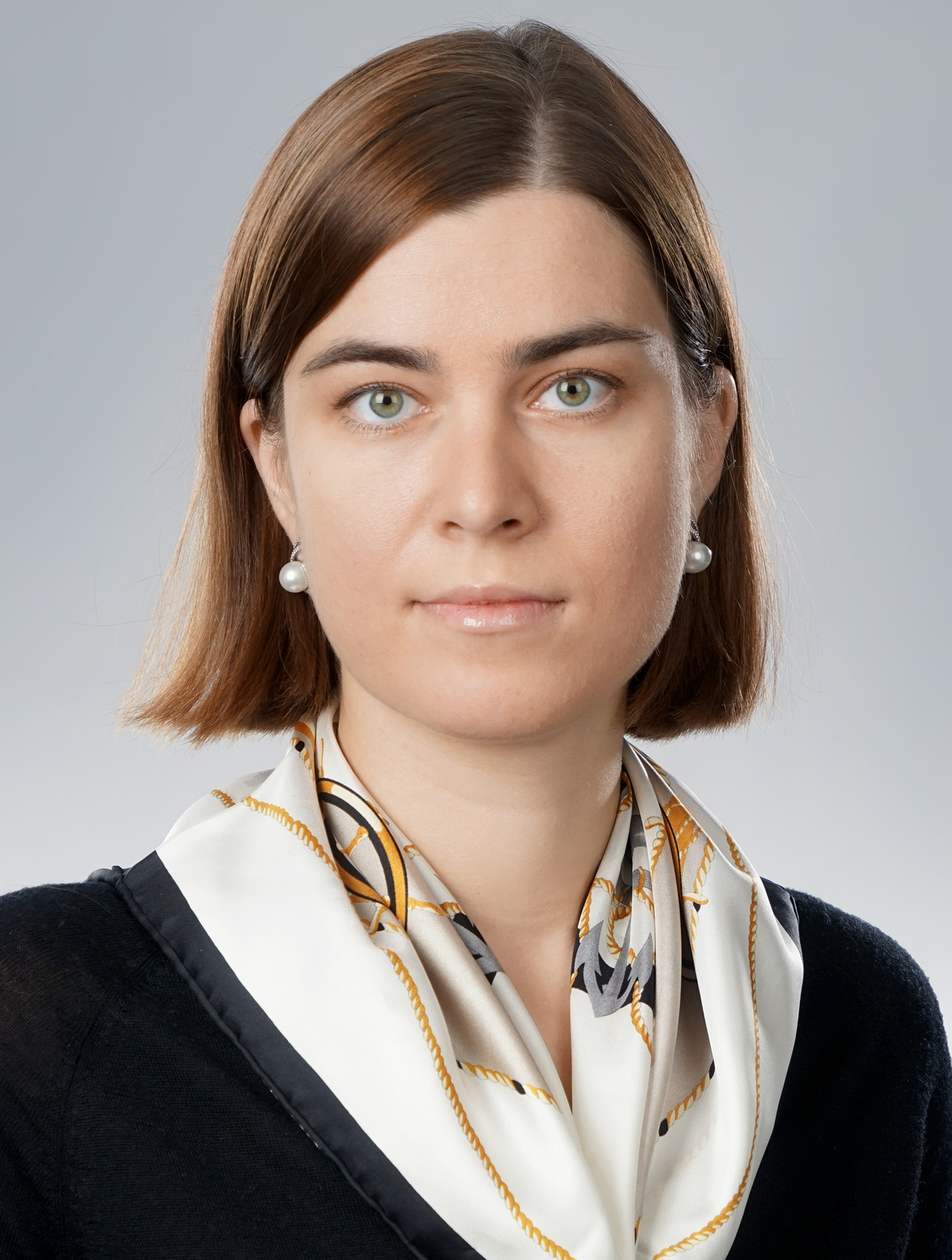
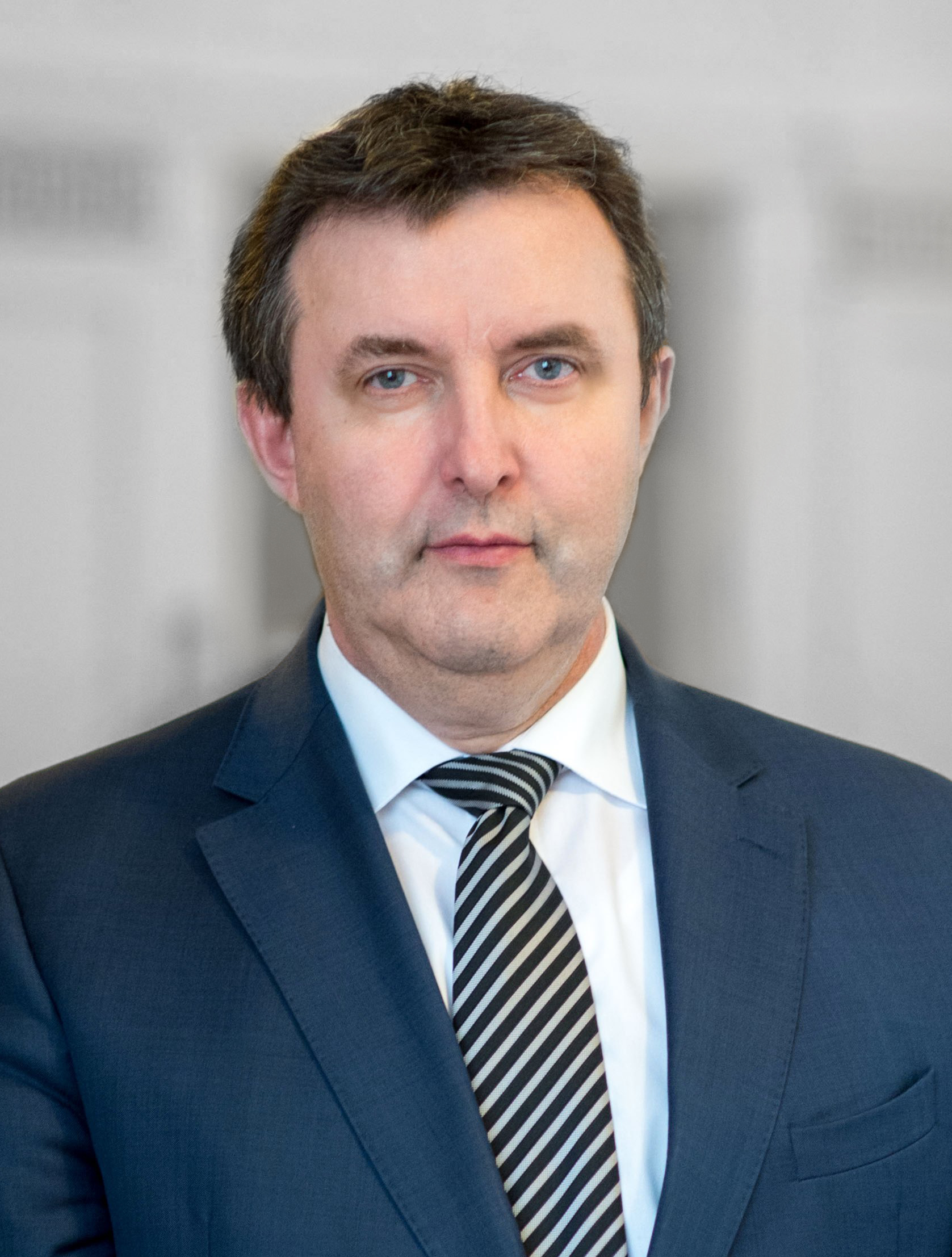 Since 1 February 2019 Minister Palkovics as Government Commissioner has been responsible for the coordination of the tasks prescribed in Act XXIV of 2016 on the promulgation of the Agreement between the Government of Hungary and the Government of the People’s Republic of China on the development, implementation and financing of the Hungarian section of the Budapest-Belgrade Railway Reconstruction Project.
Since 1 February 2019 Minister Palkovics as Government Commissioner has been responsible for the coordination of the tasks prescribed in Act XXIV of 2016 on the promulgation of the Agreement between the Government of Hungary and the Government of the People’s Republic of China on the development, implementation and financing of the Hungarian section of the Budapest-Belgrade Railway Reconstruction Project.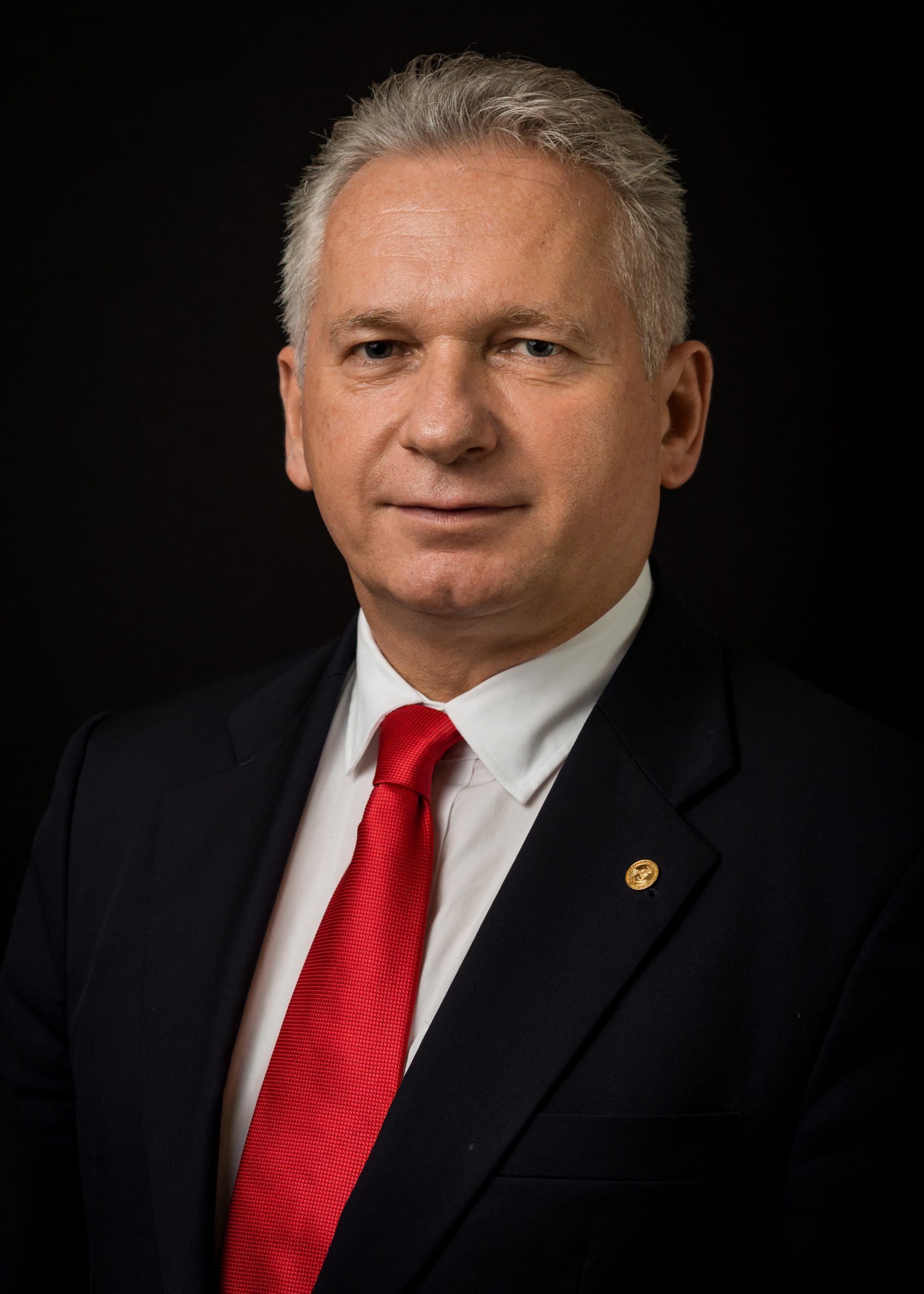
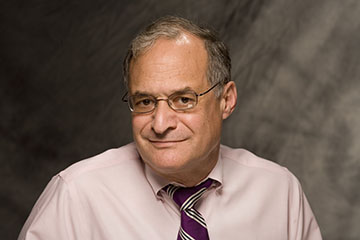
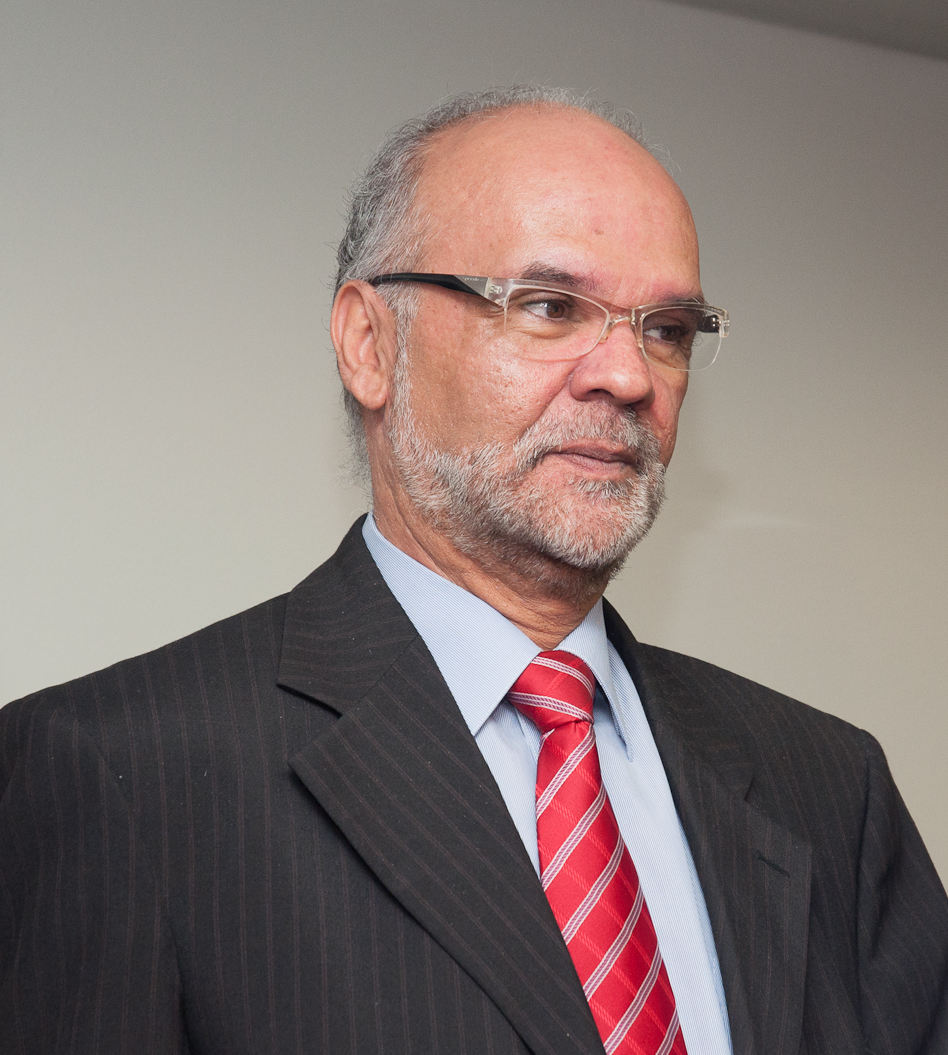
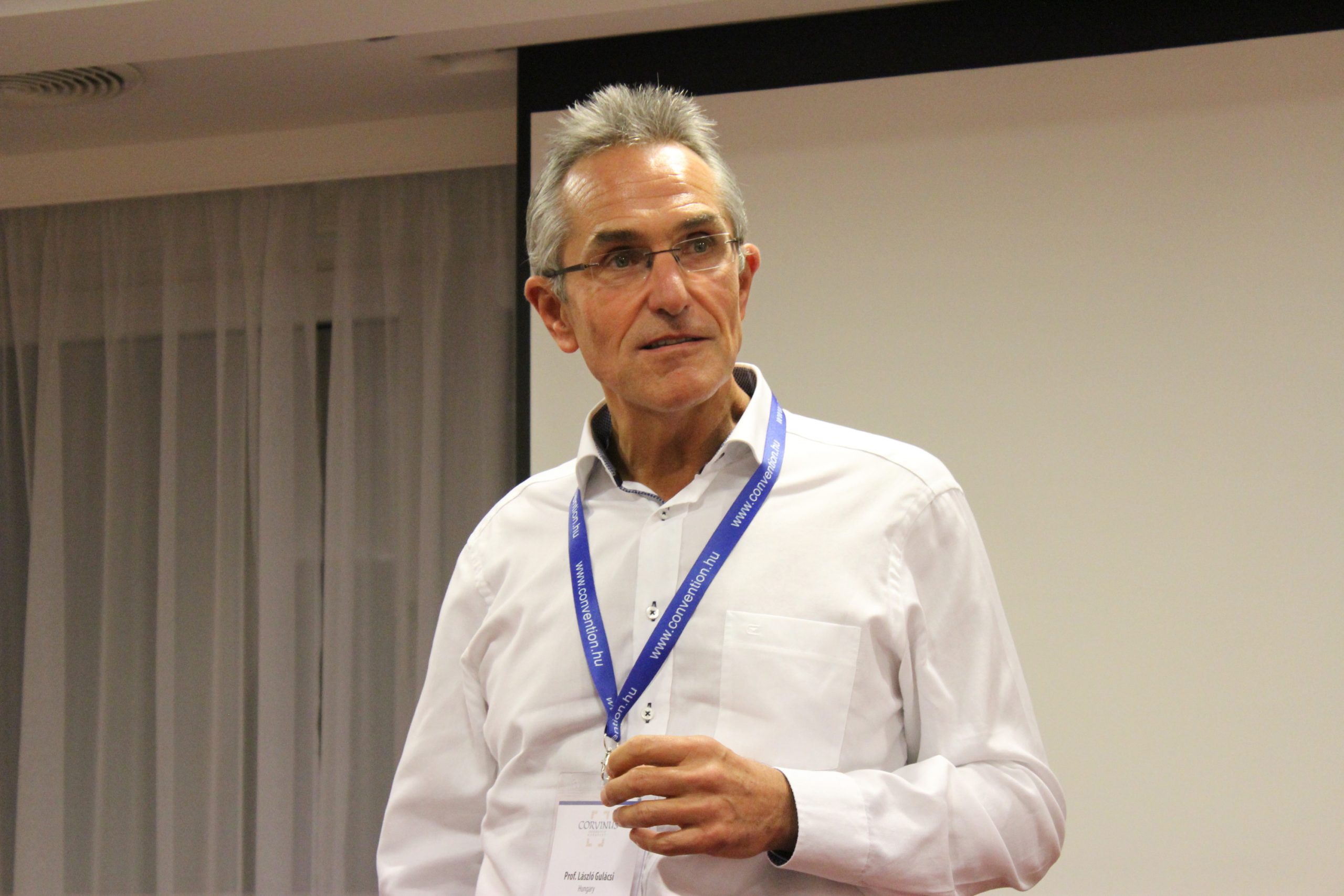 He is the past President of the Health and Health Care Economics Section of the Hungarian Economics Association.
He is the past President of the Health and Health Care Economics Section of the Hungarian Economics Association.

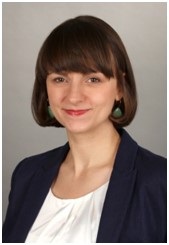 Based in Berlin, Zuzanna Gorenstein is Head of Project of the German Rectors’ Conference (HRK) service project “International University Rankings” since 2019. Her work at HRK encompasses the conceptual development and implementation of targeted advisory, networking, and communication measures for German universities’ ranking officers. Before joining the HRK, Zuzanna Gorenstein herself served as ranking officer of Freie Universität Berlin.
Based in Berlin, Zuzanna Gorenstein is Head of Project of the German Rectors’ Conference (HRK) service project “International University Rankings” since 2019. Her work at HRK encompasses the conceptual development and implementation of targeted advisory, networking, and communication measures for German universities’ ranking officers. Before joining the HRK, Zuzanna Gorenstein herself served as ranking officer of Freie Universität Berlin.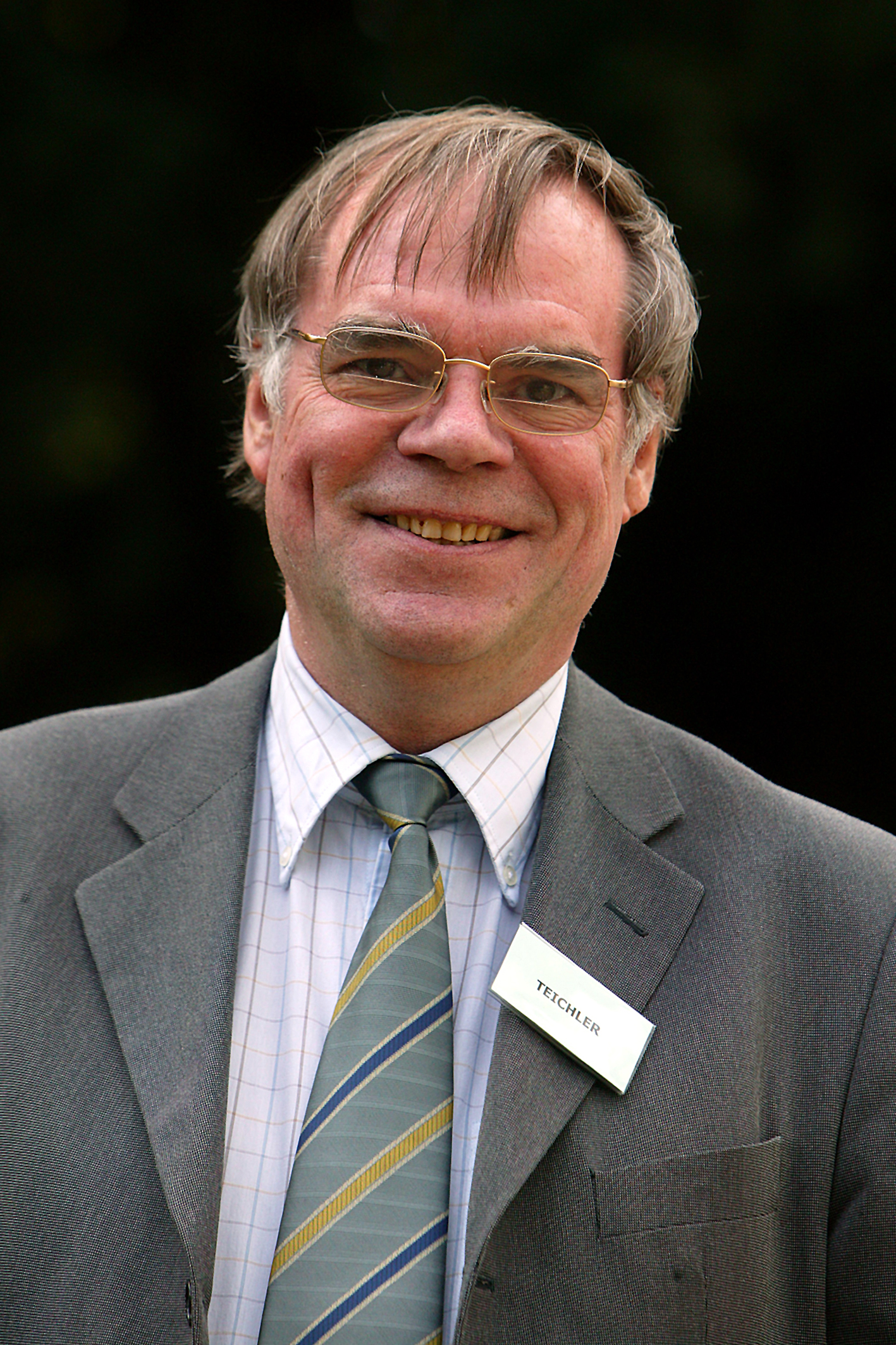
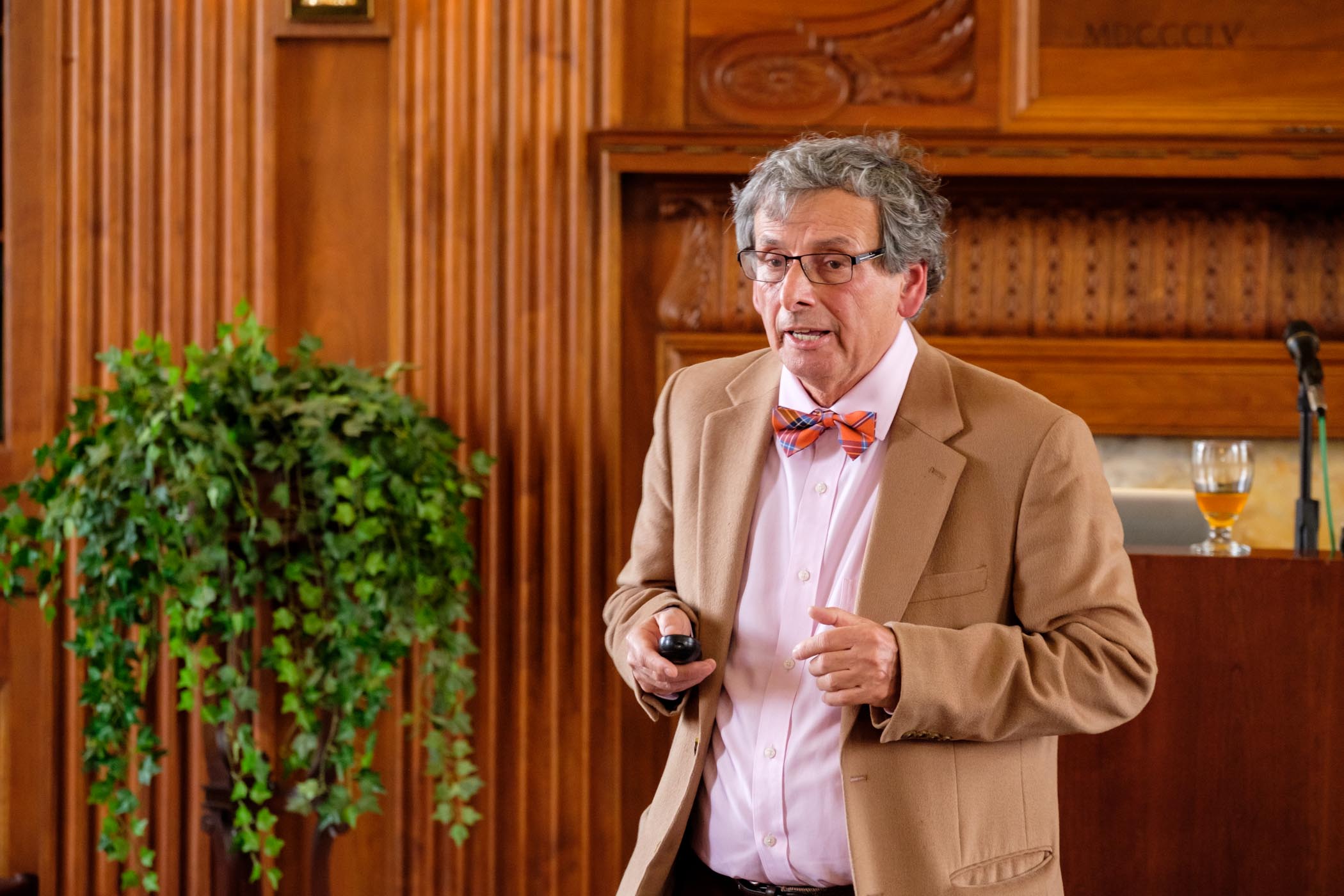 His books on mathematical modeling of chemical, biological, and other complex systems have been published by Princeton University Press, MIT Press, Springer Publishing house. His new book RANKING: The Unwritten Rules of the Social Game We All Play was published recently by the Oxford University Press, and is already under translation for several languages.
His books on mathematical modeling of chemical, biological, and other complex systems have been published by Princeton University Press, MIT Press, Springer Publishing house. His new book RANKING: The Unwritten Rules of the Social Game We All Play was published recently by the Oxford University Press, and is already under translation for several languages.
